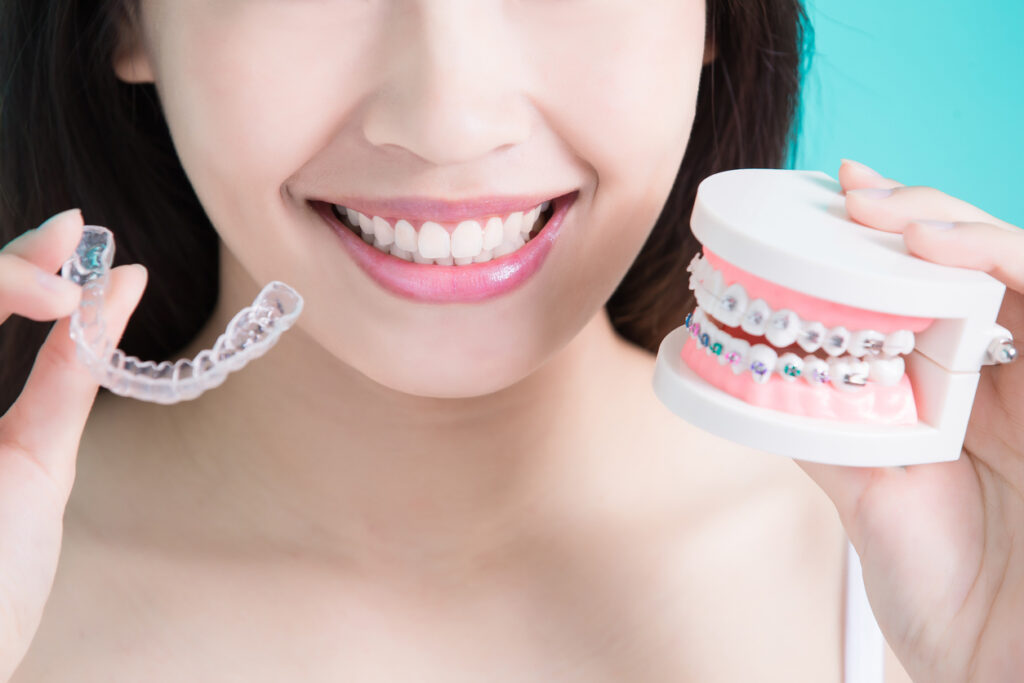7 Signs Your Child May Need Early Orthodontic Treatment
January 5th, 2026

When it comes to your child’s health, early detection is key—and their smile is no exception. Many parents are surprised to learn that the American Association of Orthodontists recommends an initial orthodontic evaluation by age 7. At this stage, your child has a mix of baby and permanent teeth, making it the ideal time to spot growth patterns and potential concerns.
Early orthodontic treatment—sometimes called “Phase I”—doesn’t always mean your child will get braces right away. Instead, it helps guide jaw development, prevent more serious issues, and make later treatment faster and easier.
Here are 7 important signs your child may benefit from an early orthodontic evaluation.
1. Crowded or Misaligned Teeth
If your child’s teeth overlap, twist, or seem too close together, there may not be enough room for permanent teeth to emerge properly. Early treatment can help create space so teeth come in straight and healthy.
2. Early or Late Loss of Baby Teeth
Baby teeth usually fall out in a fairly predictable sequence.
Too early? Permanent teeth may shift into the wrong spots.
Too late? It can block adult teeth from erupting.
If your child’s baby teeth are on either extreme, it’s a good reason to schedule a checkup.
3. Difficulty Biting, Chewing, or Speaking
If your child struggles to bite into food, chews unevenly, or has speech challenges related to tooth position, it may indicate structural issues with the bite or jaw.
4. Thumb or Finger Sucking Beyond Age 4
Thumb or finger habits can push teeth forward, narrow the palate, and change how teeth fit together. An orthodontic evaluation can help determine if the habit has affected your child’s bite—and what gentle solutions can help correct it.
5. Mouth Breathing
Chronic mouth breathing isn’t just a habit—it’s often linked to airway issues, and it can affect facial and dental development. Early orthodontic care may help improve both form and function.
6. Protruding Teeth (Overjet)
If your child’s front teeth stick out, they’re more vulnerable to injury during sports or play. This is one of the most common reasons children benefit from early orthodontic intervention.
7. A Jaw That Seems Too Far Forward or Too Far Back
If the upper or lower jaw looks noticeably off balance, it could indicate a developing overbite, underbite, or crossbite. Catching these issues early makes treatment simpler, more comfortable, and more effective.
Why Early Treatment Matters
Early orthodontic care can:
- Guide proper jaw growth
- Reduce the need for tooth extractions later
- Create space for incoming permanent teeth
- Improve bite function and facial balance
- Boost your child’s confidence
- Make future orthodontic treatment faster and easier
Not every child needs early treatment—but every child deserves an early evaluation to ensure the best smile possible.
Schedule Your Child’s Complimentary Exam at Holt Orthodontics
We love helping kids feel confident about their smiles! If you’ve noticed any of these signs—or simply want peace of mind—our friendly team is here for you.
Call us or request an appointment online to get started.
Early evaluations lead to healthier smiles. Let’s give your child the best start possible!



